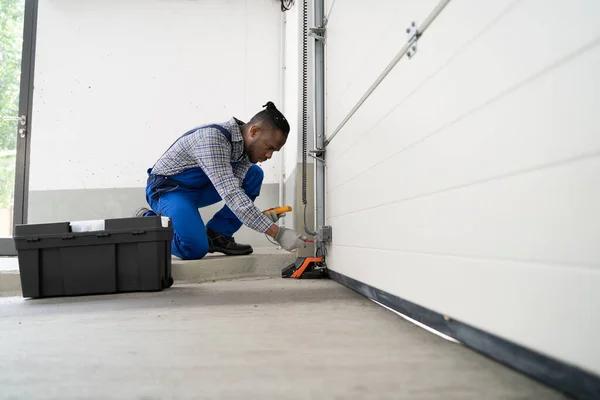Garage door springs play a crucial role in the smooth operation of your garage door. These springs bear the weight of the door, making it easier to open and close manually or with an automatic opener. Over time, however, they can wear out or break due to constant tension and use. Understanding how to identify issues and approach repair safely is essential for maintaining both functionality and safety.
The two main types of garage door springs are torsion springs and extension springs. Torsion springs are mounted above the door opening on a metal shaft, while extension springs run along the sides of the door’s tracks. Both types help counterbalance the heavy weight of the garage door but operate differently in terms of mechanics. Knowing which type you have is important before attempting any repairs or replacements.
Garage door repair
Signs that your Don’s Garage Door Repair include difficulty opening or closing the door, uneven movement, loud noises during operation, or visible gaps in torsion springs indicating breakage. If you notice these symptoms, it’s best to address them promptly as broken springs can cause further damage to other parts like cables or rollers.
Repairing garage door springs requires caution because they are under significant tension that can cause serious injury if mishandled. It is generally recommended that only experienced individuals attempt this task with proper tools such as winding bars specifically designed for adjusting torsion springs safely. Before starting any work on your garage door spring system, disconnect power to prevent accidental activation of an automatic opener.
To replace a broken torsion spring, first secure the garage door in place using clamps or locking pliers on its track to prevent movement. Next, carefully unwind any remaining tension from old springs before removing them from their mounting brackets. Installing new torsion springs involves attaching them correctly onto the shaft and winding them evenly according to manufacturer specifications until proper tension is achieved.
Extension spring replacement follows similar safety precautions; ensure all moving parts are immobilized before detaching worn-out extensions from their anchor points along tracks and replacing them with new ones matched by size and strength ratings suitable for your specific garage-door model.
After completing repairs, test your garage door several times manually without powering up any motorized system initially to confirm balanced operation free from binding or unusual sounds. Adjustments might be necessary if one side moves faster than another or if resistance feels excessive during manual lifting.
While some homeowners may feel confident handling minor spring maintenance themselves after thorough research and preparation, many situations call for professional assistance due to risks involved with high-tension components coupled with specialized equipment requirements.
Routine inspection every few months helps catch early signs of wear allowing timely intervention before complete failure occurs which could leave you locked out or create hazardous conditions around heavy moving parts inside your home exterior area where garages typically reside.
Maintaining functional garage doors ensures convenience alongside security benefits protecting vehicles stored inside plus adds value by preserving structural integrity over long-term usage cycles through informed care strategies centered around understanding critical elements like spring systems responsible for effortless daily operations within residential settings worldwide today.
Don’s Garage Door Repair
5940 Paonia Ct Colorado Springs, CO 80915
719-378-4227

